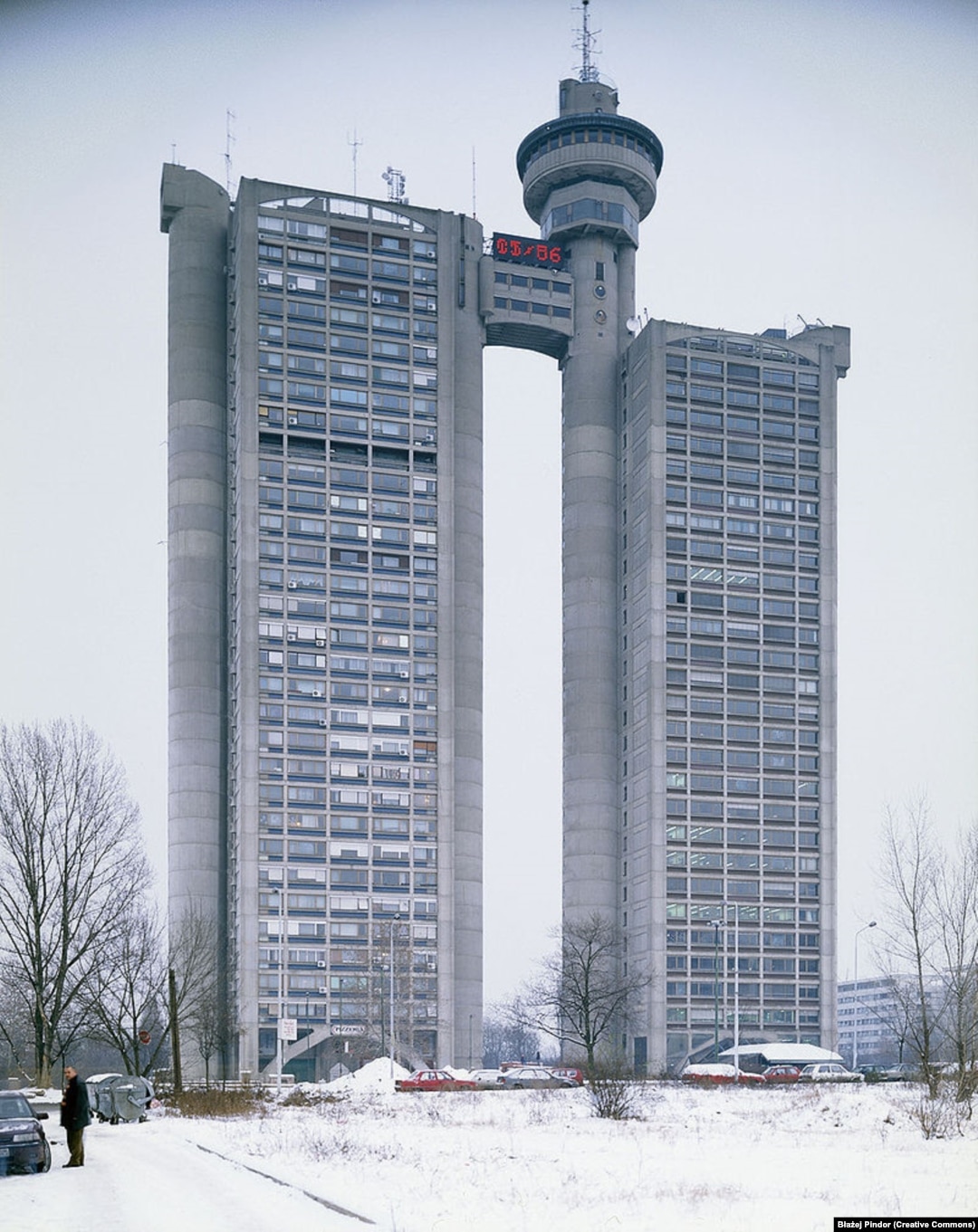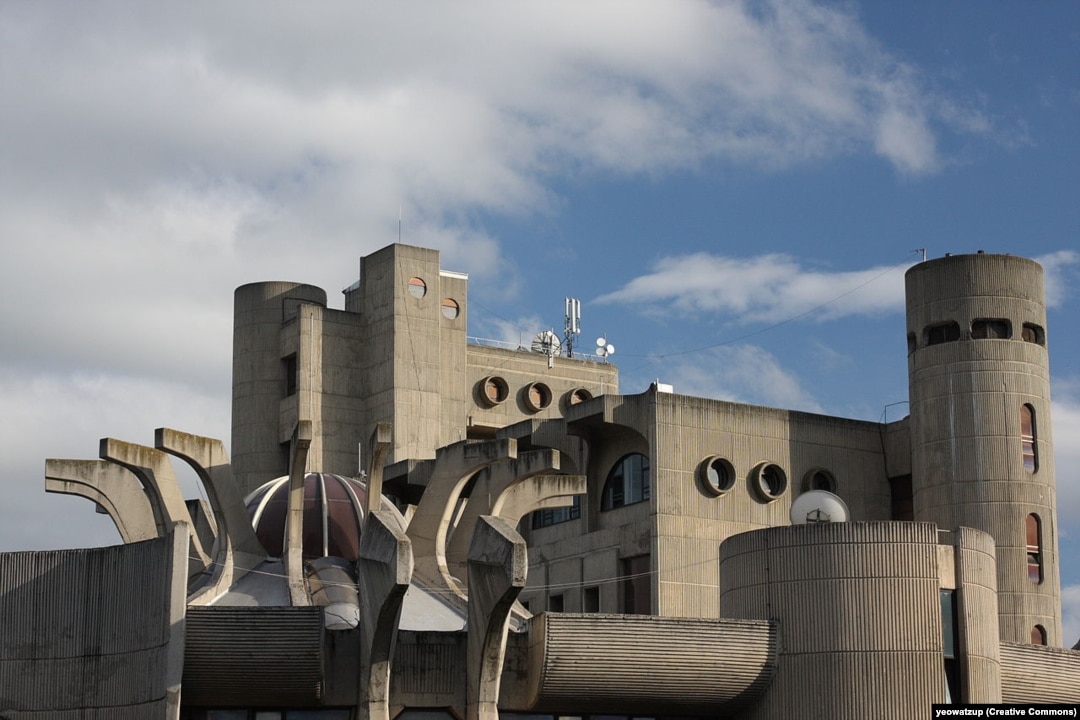Brutal Beauty: Unusual Yugoslav Architecture Wins New Fans

The Karaburma Housing Tower in Belgrade, which is also known as the “Toblerone building,” was built in 1963. The apartment block is one of several landmarks in the former Yugoslav capital built in the brutalist architectural style.

The Genex Tower on the outskirts of Belgrade. Brutalist architecture was a popular style throughout the 1950s and 1960s that favored looming chunks of exposed concrete.

The Central Post Office in Skopje, Macedonia. The brutalist style was widely adopted by Yugoslav architects tasked with rebuilding the region after the destruction of World War II.
The Eastern City Gate Apartments in Belgrade, finished in 1976. According to Reuters, the brutalist architecture of the former Yugoslavia was “supposed to show the power of a state between two worlds -- Western democracy and the communist East -- looking to forge its own path and create a socialist utopia.”
Kosovo’s state library in Pristina. Decades after the wars that ended with the breakup of Yugoslavia and following a 2018 exhibition at the Museum of Modern Art in New York, interest in brutalist architecture of the Balkans has reportedly spiked.
A security guard inside the Belgrade Fair -- the site of major trade fairs in the Serbian capital. Vojin Muncin, manager of a sightseeing company in Belgrade, told Reuters his company now has dozens of people each week booking tours “around city landmarks built from the 1950s to the 1980s.”
Belgrade officials are considering taking advantage of the interest in former Yugoslavia’s architectural relics by opening the Palace of Serbia (pictured) to visitors, Reuters reports.
The interior of the palace, which was completed in 1959, currently only opens its doors to the public once a year.
Carpet roosters inside the Palace of Serbia. The curator of the government building welcomed the call to open the palace, saying "It is a shame to keep such a masterpiece away from the eyes of the public."
Another concrete icon of the former Yugoslavia are the spectacular monuments -- like this in Petrova Gora, Croatia -- that commemorate battles and massacres from World War II.
A war memorial in Tjentiste, Bosnia-Herzegovina, called "Battle of Sutjeska."
Miodrag Zivkovic, the architect of the famous Tjentiste memorial, which was completed in 1971. The 91-year-old told Reuters that he chose concrete because “it’s a stable material, resembling stone but it is easier to work with."
A revolving restaurant at the top of Belgrade's Genex Tower.
Dubrava Hospital in Zagreb, Croatia. Alan Braun, a lecturer in the Croatian capital, told Reuters: “Now enough time has passed [since the wars of the 1990s] and people have begun to appreciate the architecture of Yugoslavia.”

